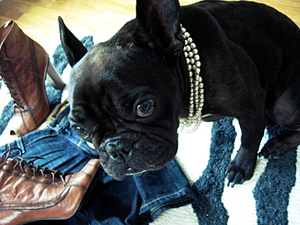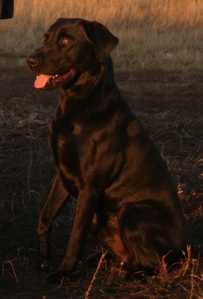At Paw Print Genetics, we’re seeking to raise the standard of canine genetic diagnostic and carrier screening testing from start to finish. We strive to provide the best customer service in the industry and have implemented procedures that are above and beyond those currently used in the marketplace. Here’s just a quick look at what we’re doing to help serve you and your dog better:
Postal Standards: The U.S. Postal Service has outlined how animal specimens may be shipped, and that includes cheek swab samples tested in labs all across the country. Among those requirements: triple-packaging of samples, a rigid fiberboard or equivalent container to protect the samples, the use of the international biohazard symbol on the second packaging and the words “exempt animal specimen” on the outside of the shipping package. Because these standards are necessary and exact, we provide the kits to you with each order that conforms to the USPS standards.
Reports: Our detailed reports will clearly state the results of every test you ordered and will give actionable information that you can use. These interpretations and recommendations give you the knowledge to breed your dog more conscientiously, information about any known genetic ...









